Spirited Away Concept Art Castle in the Sky Tumblr
There are many, many things to enjoy about the films of Studio Ghibli and legendary writer and director Hayao Miyazaki. The stories, the characters, the themes - all of it is rich and worthy of deep nerd consideration. When you have iconic films like Nausicaa: Valley of the Wind, Princess Mononoke and Spirited Away on your resume, fans are beyond spoiled.
Similar any bully picture show franchise, i of the near rewarding aspects of the films to explore is the concept art. Possibly more than any other film, animated films go through intensive, lengthy development processes completely reliant on visual art. Permit's accept a await at some of the all-time from Studio Ghibli!
Write for us! Practise you have proven online publishing experience? Click Hither and bring together our squad!
10 Laputa Blueprints

One of the most visually dazzling of the Studio Ghibli films is Castle in the Heaven (1986). A tour de forcefulness animated steampunk hazard with blimps, floating cities, and apocalyptic robots, Castle in the Sky features some of Ghibli's best art. The film concerns Sheeta and Puza every bit they search for the fabled lost city of Laputa.
Equally seen in a higher place, Laputa is a floating city-land that recalls, a little, Minas Tirith. This gorgeous hand-fatigued art shows the astonishing thought and detail that goes into Ghibli'due south work.
9 Did We Mention Airships?
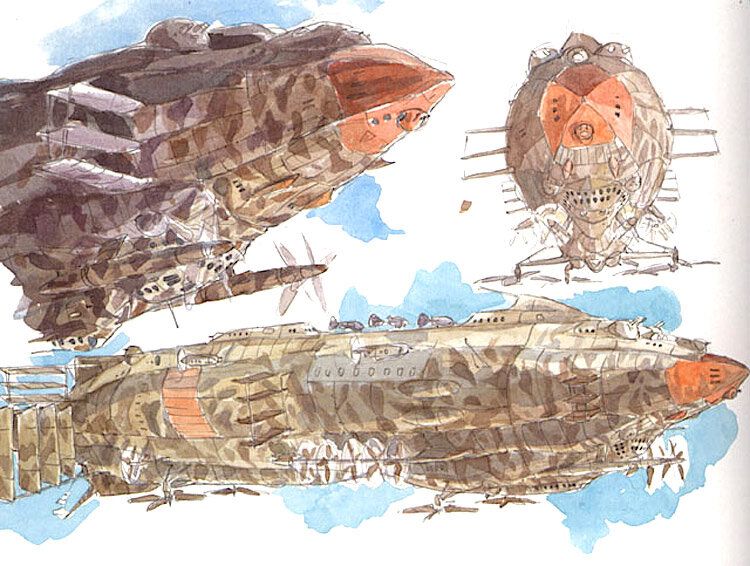
Outstanding airships feature prominently in Castle In The Sky, and all of Miyazaki's films (we'll come back to that). Hither'south a keen look at how Miyazaki and Ghibli synthesize a multifariousness of influences and eras to create something truly unique.
In this image, nosotros have what could be Wright Brothers-era props and bi and tri wings, all of which are depicted through the filter of something a trivial more World War II. A heavy steampunk influence puts this and other designs of its blazon in other Ghibli films like Porco Rosso over the top.
viii Rainy Days
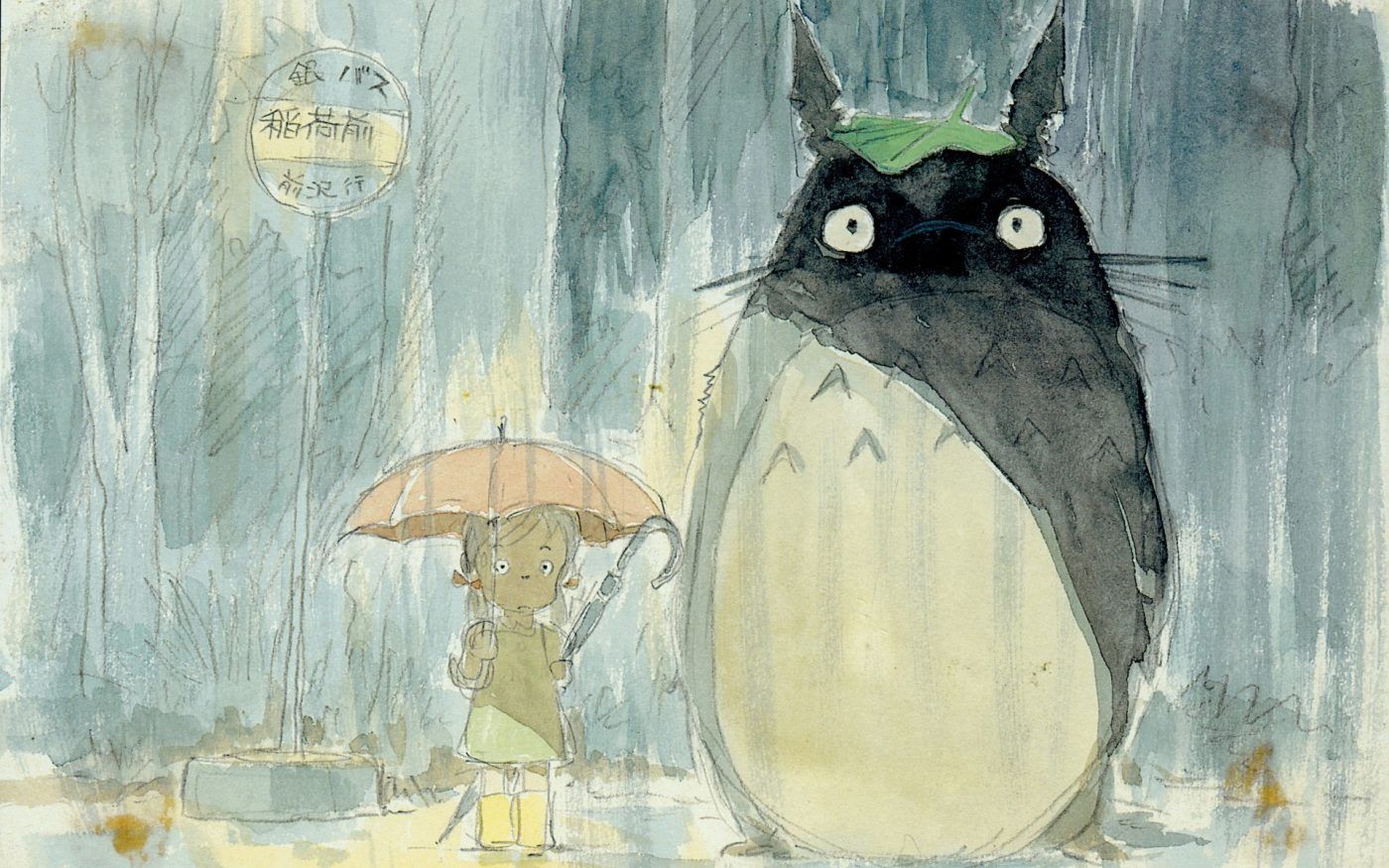
An early look at an iconic image from an iconic motion picture, My Neighbor Totoro. The 1988 fantasy motion picture follows young girls Satsuki and Mei, who accept strange encounters with woodland spirits in a rural post-World State of war II Japan.
Afterwards the girls move into a new house with their begetter, a professor, they discover a pair of spirits that lead them into the woods and a larger spirit, whom the girls telephone call 'Totoro.' This prototype comes from the scene where Satsuki offers him her umbrella to protect him from the pelting.
7 Spirits, Then Many Spirits
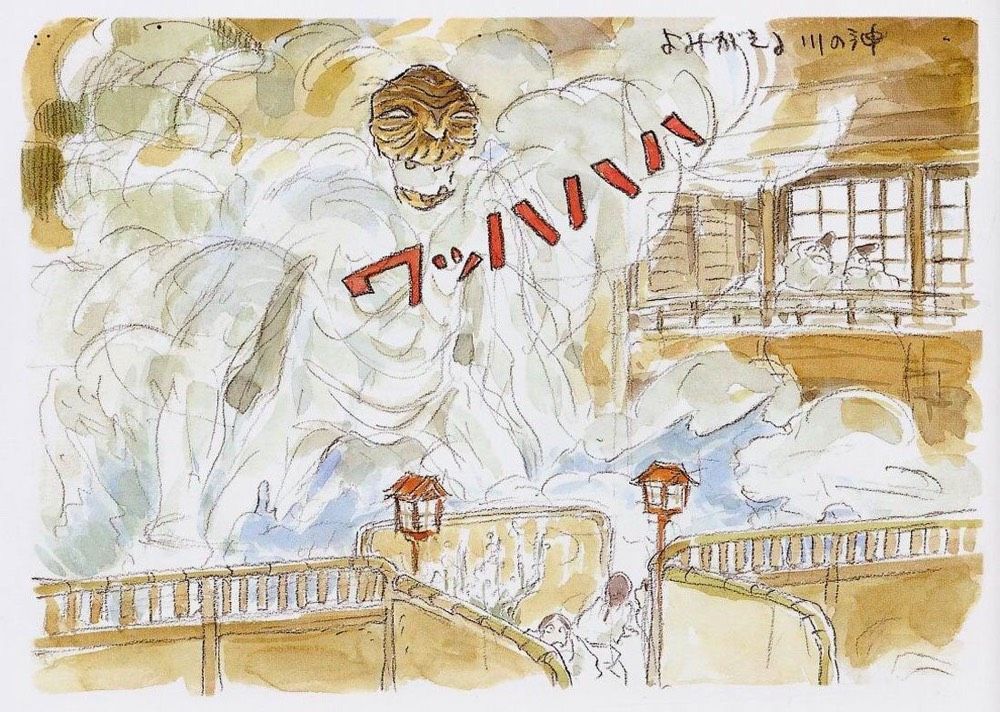
At that place are all kinds of spirits in Studio Ghibli films. 1 of the best, 2001's Spirited Away, features a truly surreal and imaginative array of spirits from Japanese folklore. In this sketch, nosotros see even in only a few quick lines and dash of color the terror of the spirit Yubaba.
Yubaba is a witch who runs a bathhouse in which ten-yr-erstwhile Chihiro is trying to observe a job. Yubaba tries to frighten her abroad, but Chihiro, like a lot of Ghibli protagonists, is adamant. She gets hired, though it'south a bumpy ride cheers to the fact that she's a human and non a spirit... Yet.
6 No Face, No Service
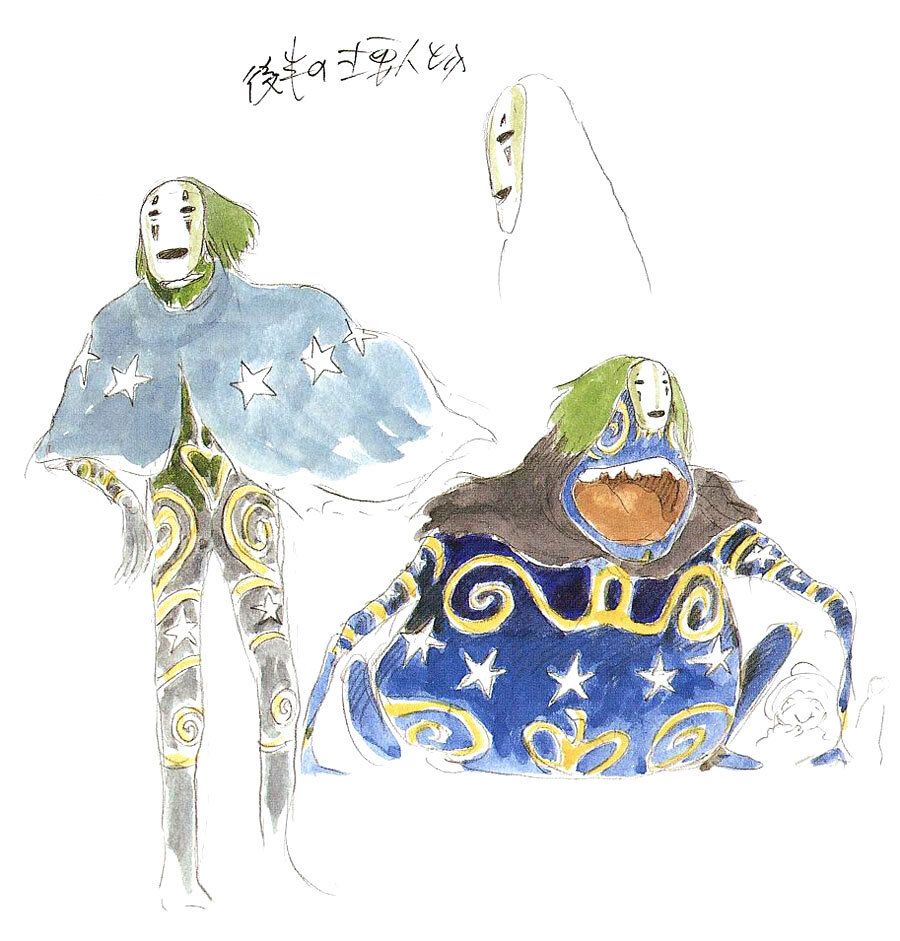
Speaking of No Confront, hither is a wonderful await at the concept design of the character. At this point, No Confront is much more colorful and expressive than they ultimately become in the finished moving picture.
No Face in the movie is a semi-transparent, oil-slick type specter with a kabuki-similar mask, very different than this flamboyant, comic rendering. In Spirited Away, No Face is a 'stink spirit' from the polluted river nearby the bathhouse. The spirit tempts workers with gold and so eats them. And by "eats them," nosotros mean he eats them whole. Not exactly the all-time manners.
5 Majestic Art
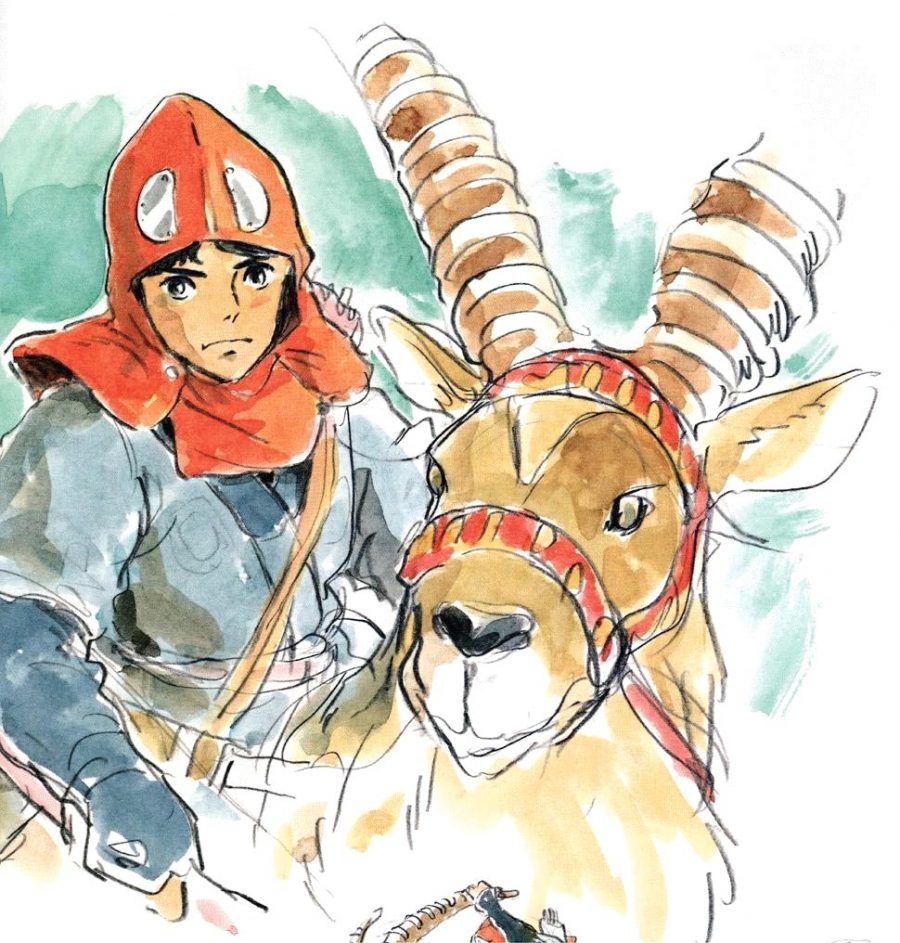
Princess Mononoke (1997) was possibly the film that opened Studio Ghibli's films to a broader American and world audience. The film features lush, gorgeous art while telling an entertaining story of hazard with deep, relevant themes.
In ancient Japan, a demon attacks an Emisi village. The young prince, Ashitaka, kills it merely is poisoned by its claret. The abuse that infected the demon was acquired past an iron pellet. Investigating the mystery leads the prince to a deeper understanding of man's affect on nature, and an encounter with a foreign daughter in the wood, riding a white wolf.
iv Wolves At The Door
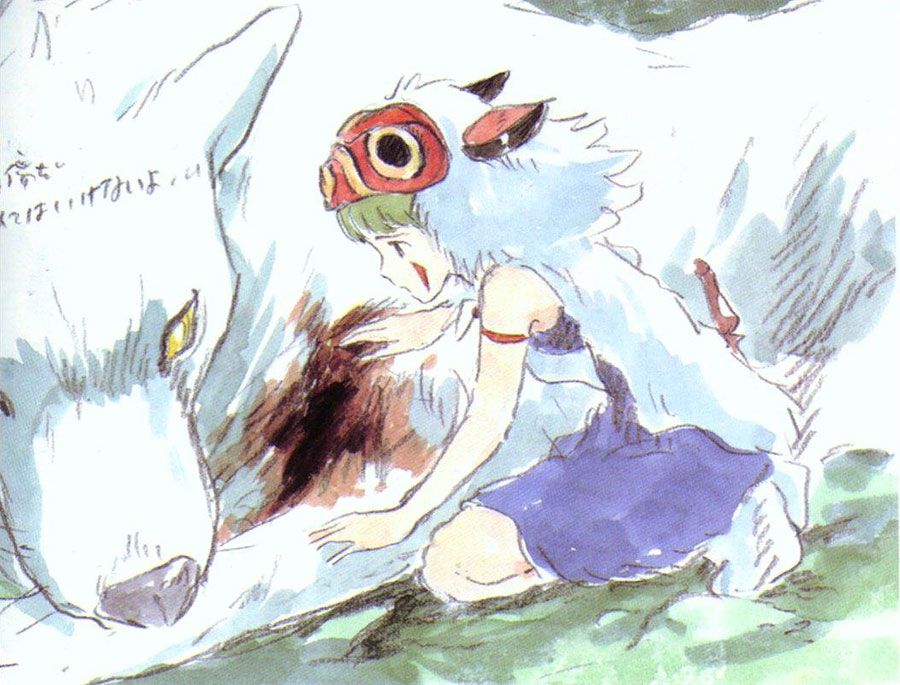
San is a young human girl, raised by a pack of wolves. In this concept prototype from Princess Mononoke, she'southward caring for one of her pack, wounded by the industrialized armies of Eboshi. San hates Eboshi, and humanity, and is leading raids on Irontown to prevent whatever further clearing of the forests or murder of innocent animals.
Her paths cross with Ashitaka when he interferes in a duel between San and Eboshi. She initially distrusts him only warms to him subsequently the Woods Spirit (there are a lot of spirits) heals him of his wound.
3 Caution: Castle Crossing
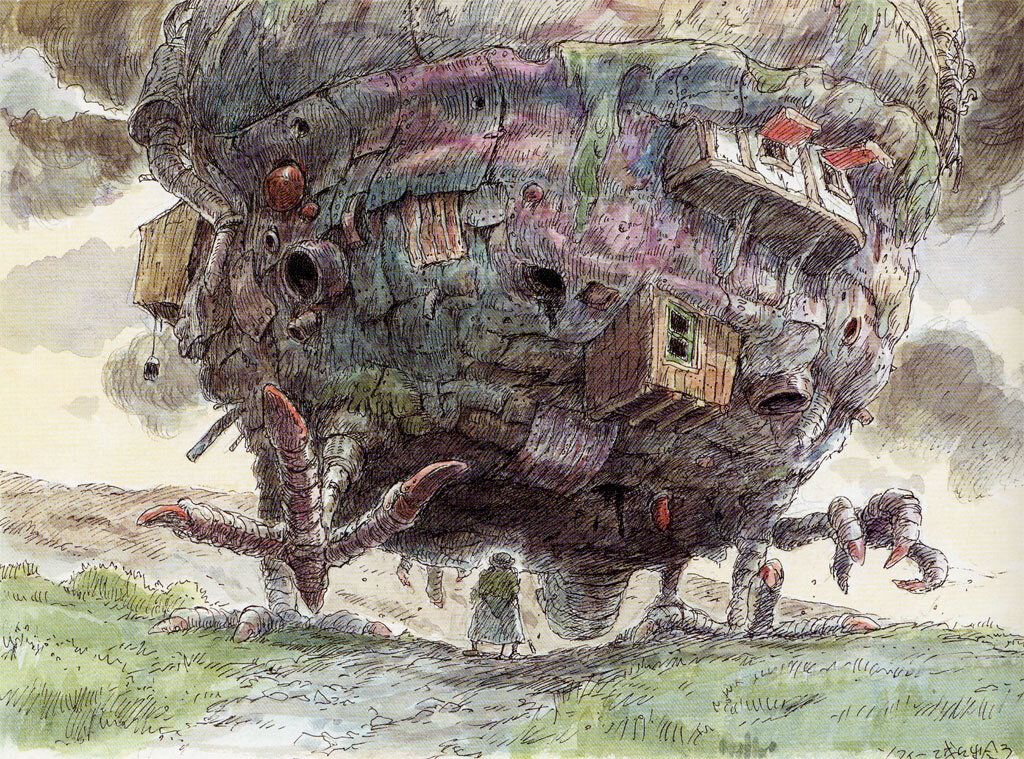
Castles don't actually stay put in Studio Ghibli films. Whether information technology'southward Laputa in the sky or Howl's Moving Castle on the ground, y'all'd better concord on to something if y'all go inside. This fantasy film from 2004 is loosely based on the 1986 novel of the same name by British author Diana Wynne Jones.
This image gives yous a swell, instant visual primer to the wonder of this story, in which a young girl named Sophie makes friends with the wizard Howl, who lives in this unusual flying castle. The bird's feet truly set the design off, suffusing a steampunk aesthetic with the natural world Miyazaki loves then much.
2 Bug Out
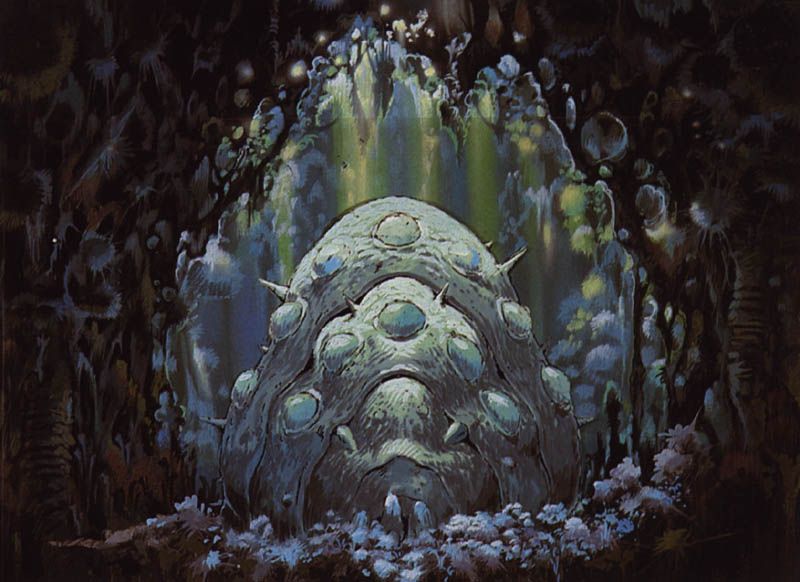
While many fans associate Nausicaä of the Valley of the Air current (1984) with Studio Ghibli, this animated feature was actually created past Miyazaki earlier he founded the studio. Still, that'south no reason not to consider the incredible art of the picture show.
Many of the overarching themes of Miyazaki'due south work with Ghibli are already present here: human being vs. nature, potent young heroines, and airplanes. And so many airplanes. In the story, humanity struggles to hold on in an ecologically devastated world when their habitat is invaded by ugly - but crawly - giant mutant insect things.
1 Airplanes, Then Many Airplanes
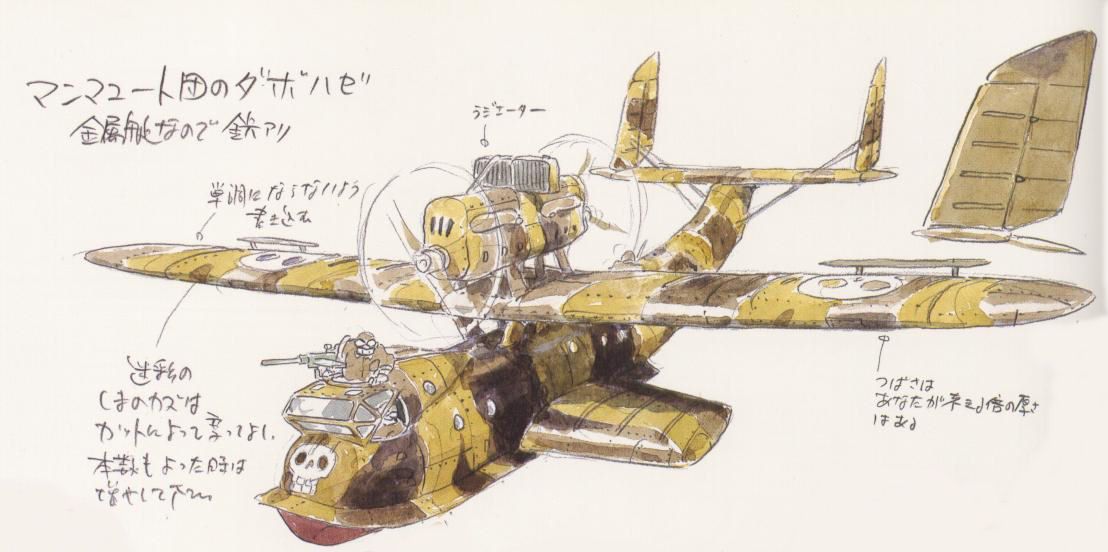
One of the hallmarks - and accented joys - of Studio Ghibli films are the airplanes. Hayao Miyazaki's father was the possessor of Miyazaki Plane, which manufactured parts for planes in Japan earlier and during World War II. This love of aviation carried over to the director, who includes all way of aircraft in his films.
Perhaps no moving picture exhibits this more than Porco Rosso (1992). Rosso, with a very pig-like countenance, is a veteran of World War I, an ace airplane pilot and - just considering - a freelance bounty hunter. He fights off some air pirates and falls in love in a tiny Italian littoral hamlet.
About The Writer
callaghancamse1949.blogspot.com
Source: https://www.cbr.com/studio-ghibli-anime-movie-concept-art-best/
0 Response to "Spirited Away Concept Art Castle in the Sky Tumblr"
Post a Comment